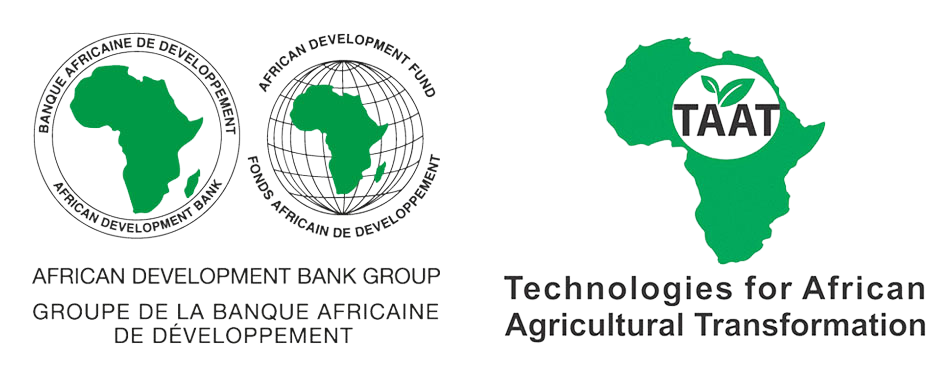

Structure, Trace, Scale & Connect with Solutions
eProd is an interoperable supply chain management system for the agricultural sector. It organizes farmer and production data, supports traceability, and interoperates with other systems like advisory services and financial platforms. It works offline, making it suitable for rural areas.
Governments can use eProd to track production, send SMS updates to farmers, monitor pests, and ensure traceability for export. It also supports planning, input distribution, and access to finance through better data.
By using eProd, governments can make agriculture more efficient, inclusive, and resilient.
This technology is pre-validated.
Adults 18 and over: Positive high
eProd integrates adult farmers into structured markets and improves their access to finance, services, and advisory information.
The poor: Positive high
Digital registration and service delivery allow poor farmers to access freely information, inputs, and credit, supporting their integration into value chains.
Women: Positive high
eProd supports the inclusion of women by enabling access to tailored services, finance, and market opportunities, helping overcome common gender barriers in agriculture.
Climate adaptability: Moderately adaptable
eProd supports climate-smart agriculture by enabling early yield forecasting, crop failure alerts, and climate risk monitoring through field data collection.
Farmer climate change readiness: Moderate improvement
The platform helps farmers adapt to climate change by integrating with crop insurance, facilitating access to finance, and delivering targeted weather and production advice via SMS.
Structured Farmer Databases: eProd allows governments to register farmers with detailed profiles, geo-locate plots using polygon mapping, and issue farmer ID cards. This builds a national database to track activities, target subsidies, and plan interventions.
Organized Value Chains: Through modules on production tracking, contract farming, and digital payment management, eProd helps structure farmer relationships, improve aggregation, and ensure timely and transparent payments.
Improved Market Access: eProd provides end-to-end traceability, enabling farmers to meet buyer requirements. Features like QR codes and production logs help farmers access formal and export markets.
Compliance with Export Standards: Governments can use eProd to collect and manage data required for EUDR, CSDDD, and other international standards. This includes deforestation checks, traceability records, and producer declarations.
Financial Inclusion Support: By tracking farmer transactions, input usage, and repayments, eProd generates reliable data for banks and public finance programs to assess eligibility for loans, grants, or insurance.
Offline and Low-Tech Friendlyy: The system works on low-end Android phones and functions offline, making it suitable for use in remote rural areas where internet access is limited or unreliable.
Unified Coordination Platform: eProd integrates data from multiple actors—extension workers, procurement agents, financial institutions—into one platform, supporting cross-agency coordination and digital public service delivery.
Early Warning and Food Security: Real-time monitoring of pests, diseases, and crop growth enables governments to detect threats early and plan emergency responses, extension support, or input distribution.
Governments across Africa are increasingly recognizing the transformative potential of digital solutions like eProd to modernize and scale agricultural operations. eProd's comprehensive supply chain management platform offers tools for farmer profiling, production monitoring, traceability, and compliance, aligning with international standards such as the EU's deforestation-free regulations. By integrating eProd into national agricultural projects, governments can enhance efficiency, ensure sustainability, and improve market access for smallholder farmers, thereby strengthening food security and economic growth.
1. Initial Engagement:
2. Licensing Agreement:
Basic: 1,254 USD/year for up to 1,000 farmers
Standard: 3,135 USD/year for up to 5,000 farmers
Standard Plus: 5,016 USD/year for up to 10,000 farmers
Additional farmers: 0.23 USD per farmer annually
3. Infrastructure Setup:
4. Data Preparation:
5. Training and Capacity Building:
6. Pilot Implementation:
7. Full Deployment:
8. Ongoing Support and Evaluation:
No formal IP rights
Scaling Readiness describes how complete a technology’s development is and its ability to be scaled. It produces a score that measures a technology’s readiness along two axes: the level of maturity of the idea itself, and the level to which the technology has been used so far.
Each axis goes from 0 to 9 where 9 is the “ready-to-scale” status. For each technology profile in the e-catalogs we have documented the scaling readiness status from evidence given by the technology providers. The e-catalogs only showcase technologies for which the scaling readiness score is at least 8 for maturity of the idea and 7 for the level of use.
The graph below represents visually the scaling readiness status for this technology, you can see the label of each level by hovering your mouse cursor on the number.
Read more about scaling readiness ›
Uncontrolled environment: validated
Common use by projects NOT connected to technology provider
| Maturity of the idea | Level of use | |||||||||
| 9 | ||||||||||
| 8 | ||||||||||
| 7 | ||||||||||
| 6 | ||||||||||
| 5 | ||||||||||
| 4 | ||||||||||
| 3 | ||||||||||
| 2 | ||||||||||
| 1 | ||||||||||
| 1 | 2 | 3 | 4 | 5 | 6 | 7 | 8 | 9 | ||
| Country | Testing ongoing | Tested | Adopted |
|---|---|---|---|
| Benin | –No ongoing testing | Tested | Adopted |
| Burkina Faso | –No ongoing testing | Tested | Adopted |
| Cameroon | –No ongoing testing | Tested | Adopted |
| Côte d’Ivoire | –No ongoing testing | Tested | Adopted |
| Democratic Republic of the Congo | –No ongoing testing | Tested | Adopted |
| Ethiopia | –No ongoing testing | Tested | Adopted |
| Ghana | –No ongoing testing | Tested | Adopted |
| Guinea | –No ongoing testing | Tested | –Not adopted |
| Kenya | –No ongoing testing | Tested | Adopted |
| Madagascar | –No ongoing testing | Tested | Adopted |
| Malawi | –No ongoing testing | Tested | Adopted |
| Mali | –No ongoing testing | Tested | Adopted |
| Mozambique | –No ongoing testing | Tested | Adopted |
| Nigeria | –No ongoing testing | Tested | Adopted |
| Rwanda | –No ongoing testing | Tested | Adopted |
| Senegal | –No ongoing testing | Tested | Adopted |
| Sierra Leone | –No ongoing testing | Tested | –Not adopted |
| Somalia | –No ongoing testing | Tested | –Not adopted |
| South Sudan | –No ongoing testing | Tested | –Not adopted |
| Tanzania | –No ongoing testing | Tested | –Not adopted |
| Togo | –No ongoing testing | Tested | –Not adopted |
| Uganda | –No ongoing testing | Tested | Adopted |
| Zambia | –No ongoing testing | Tested | Adopted |
| Zimbabwe | –No ongoing testing | Tested | Adopted |
This technology can be used in the colored agro-ecological zones. Any zones shown in white are not suitable for this technology.
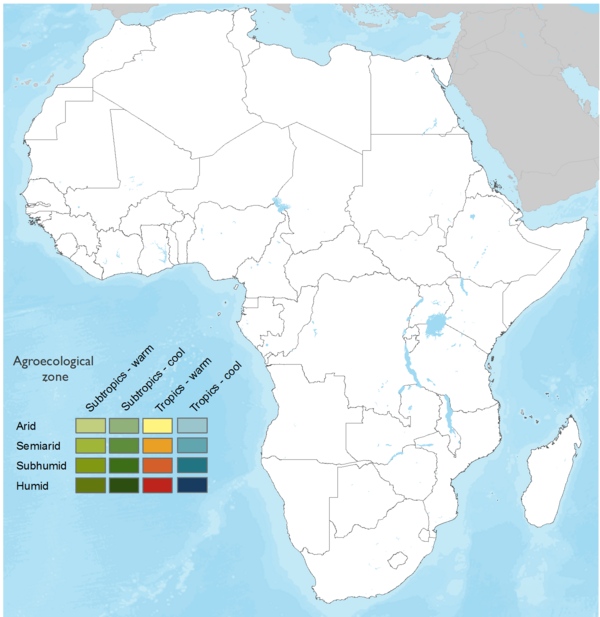
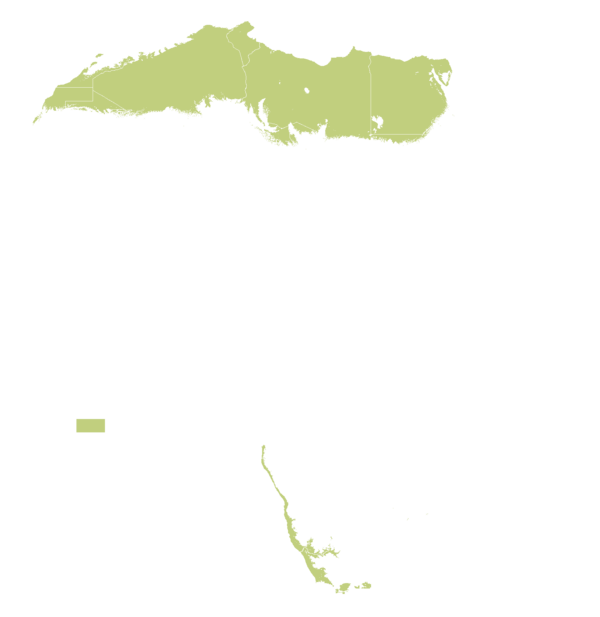










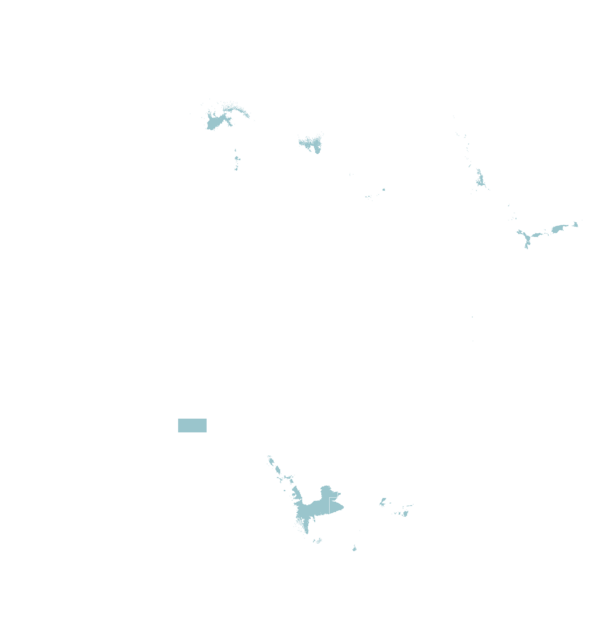

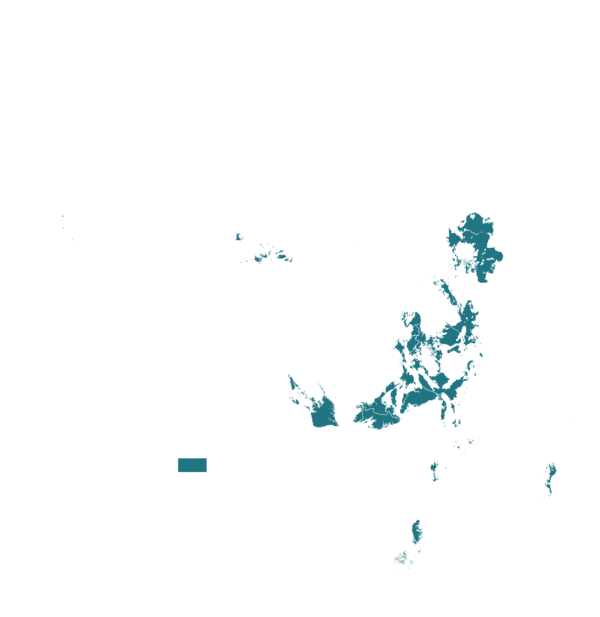

| AEZ | Subtropic - warm | Subtropic - cool | Tropic - warm | Tropic - cool |
|---|---|---|---|---|
| Arid | ||||
| Semiarid | ||||
| Subhumid | ||||
| Humid |
Source: HarvestChoice/IFPRI 2009
The United Nations Sustainable Development Goals that are applicable to this technology.

eProd connects smallholder farmers to markets and financial services, directly improving income opportunities.

Improves production efficiency and reduces losses, supporting food security.
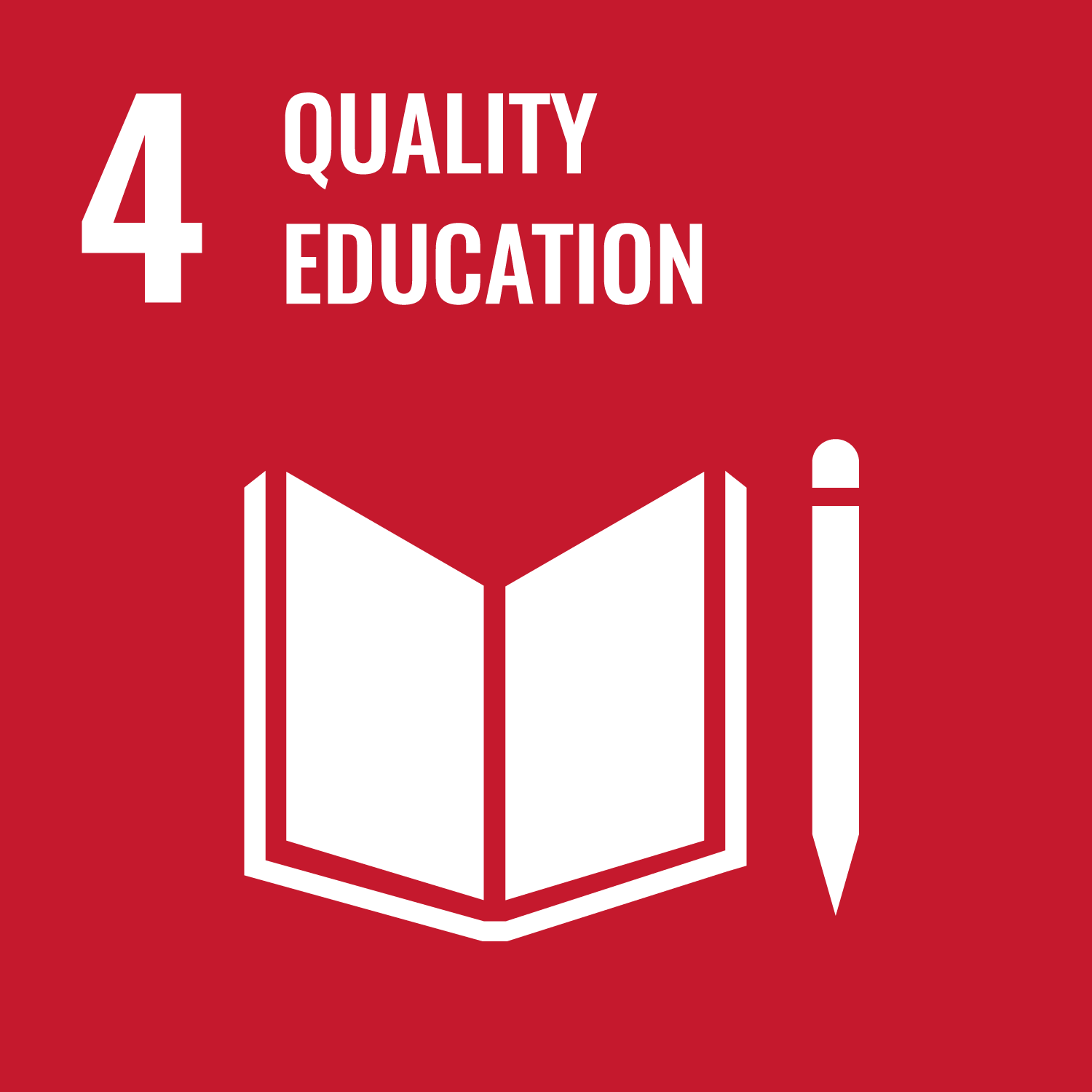
Provides targeted training programs and webinars—such as Africa Grains Online in partnership with Buhler—covering supply chain management, Good Manufacturing Practices (GMP), and compliance with international standards, to build capacity among farmers and agribusiness staff.
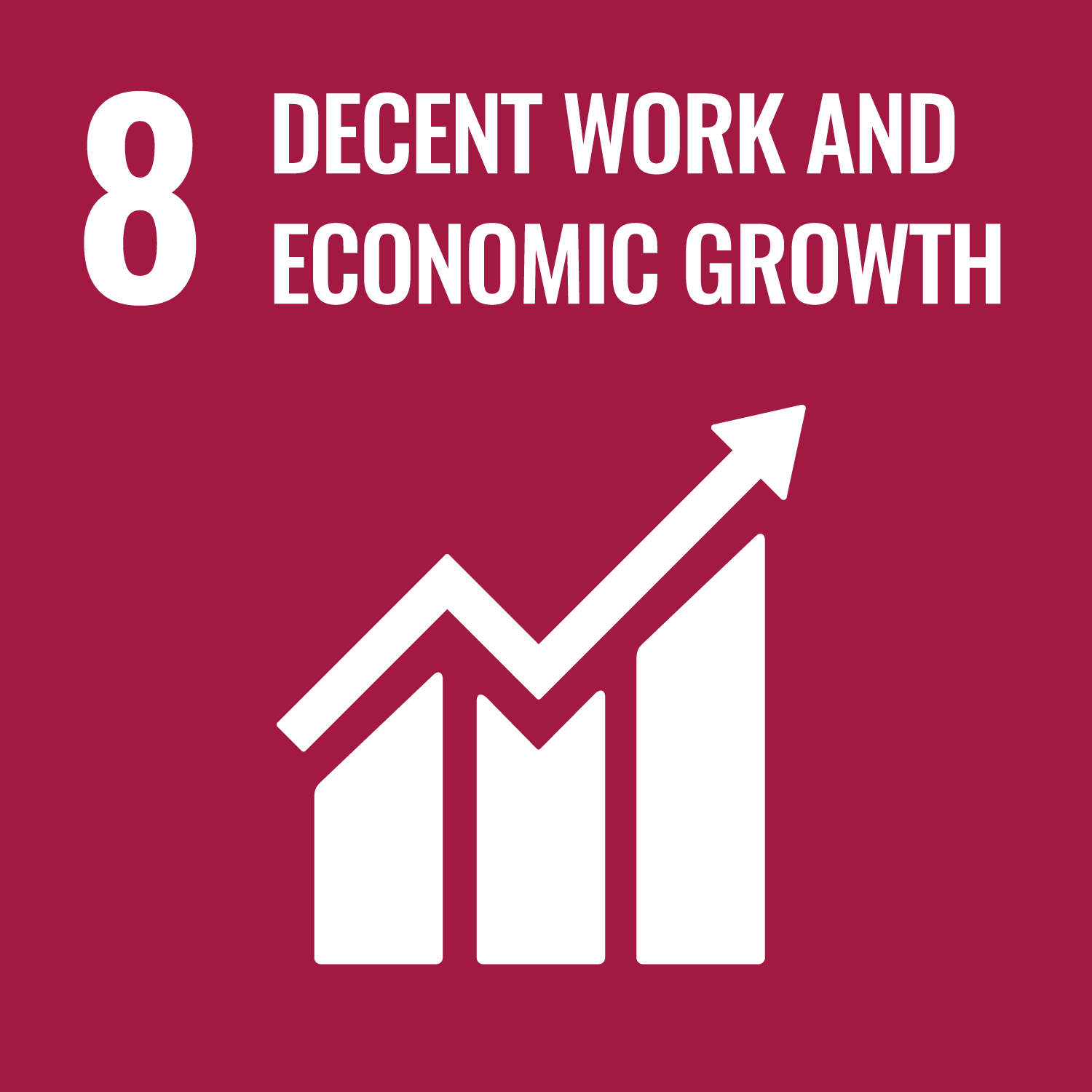
Digitalizes agricultural operations, increasing efficiency and supporting job creation.
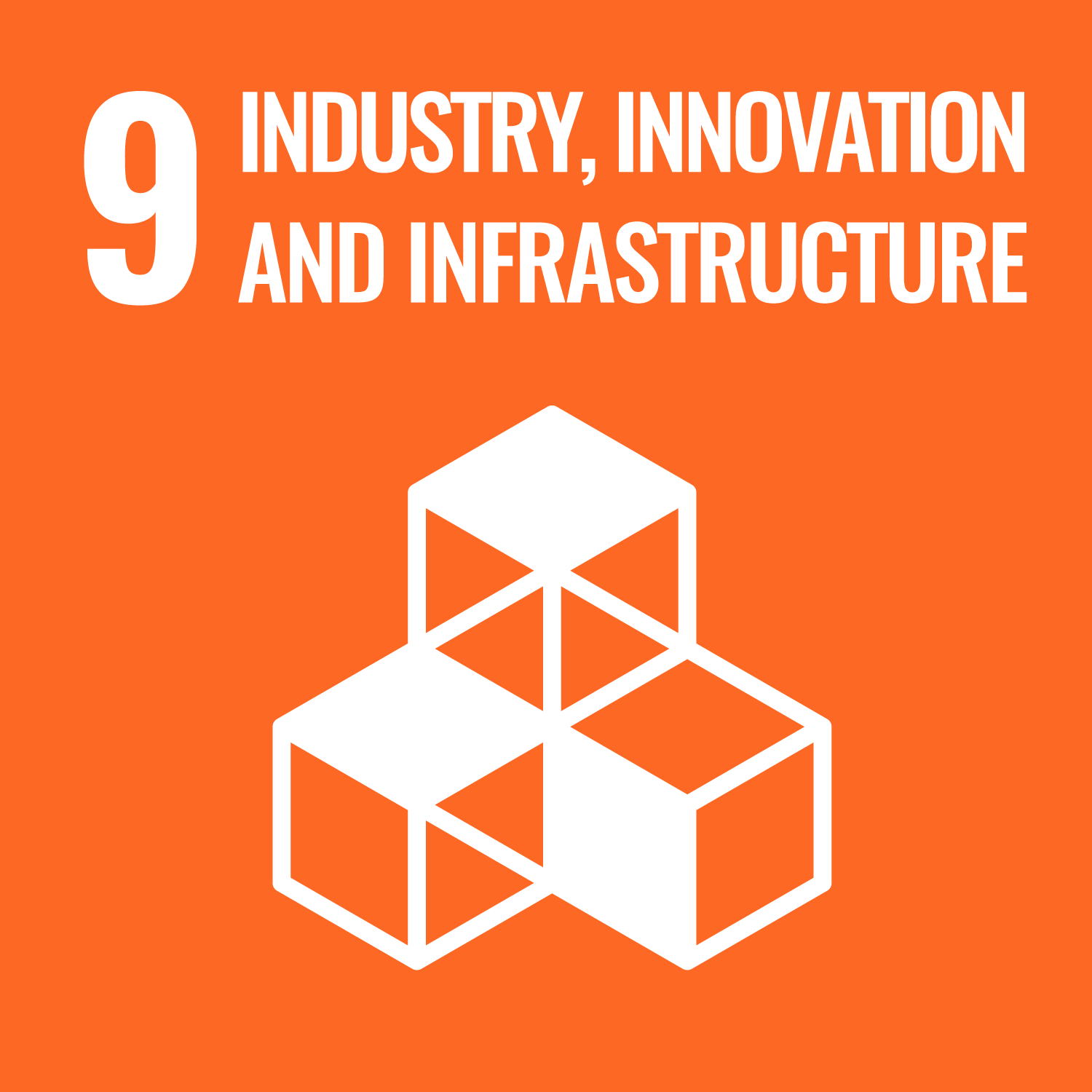
Provides digital infrastructure for agriculture and drives innovation through partnerships, integration with AI and IoT, and continuous collaboration with sector organizations.
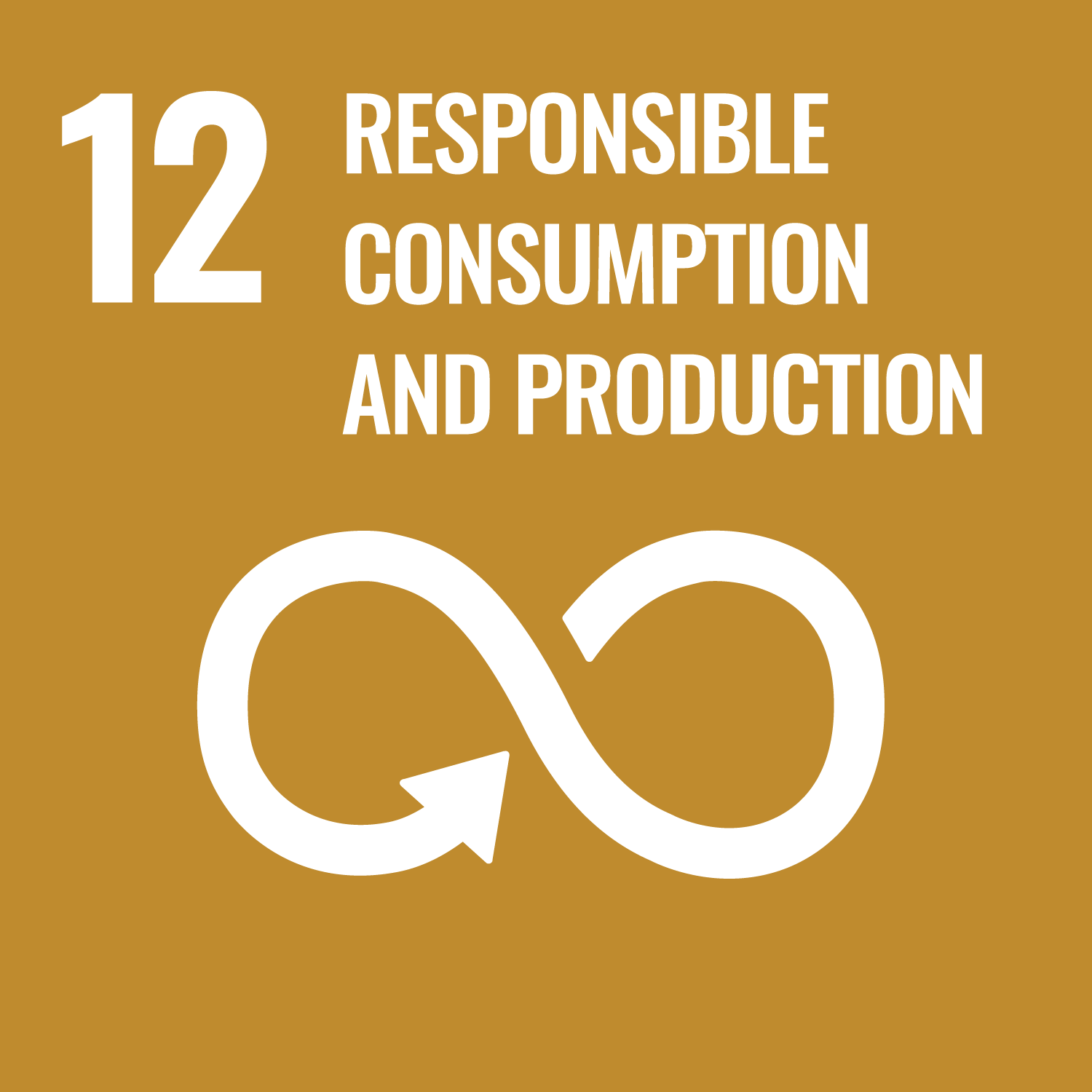
Enables traceability and transparency for safer, higher-quality agricultural products.
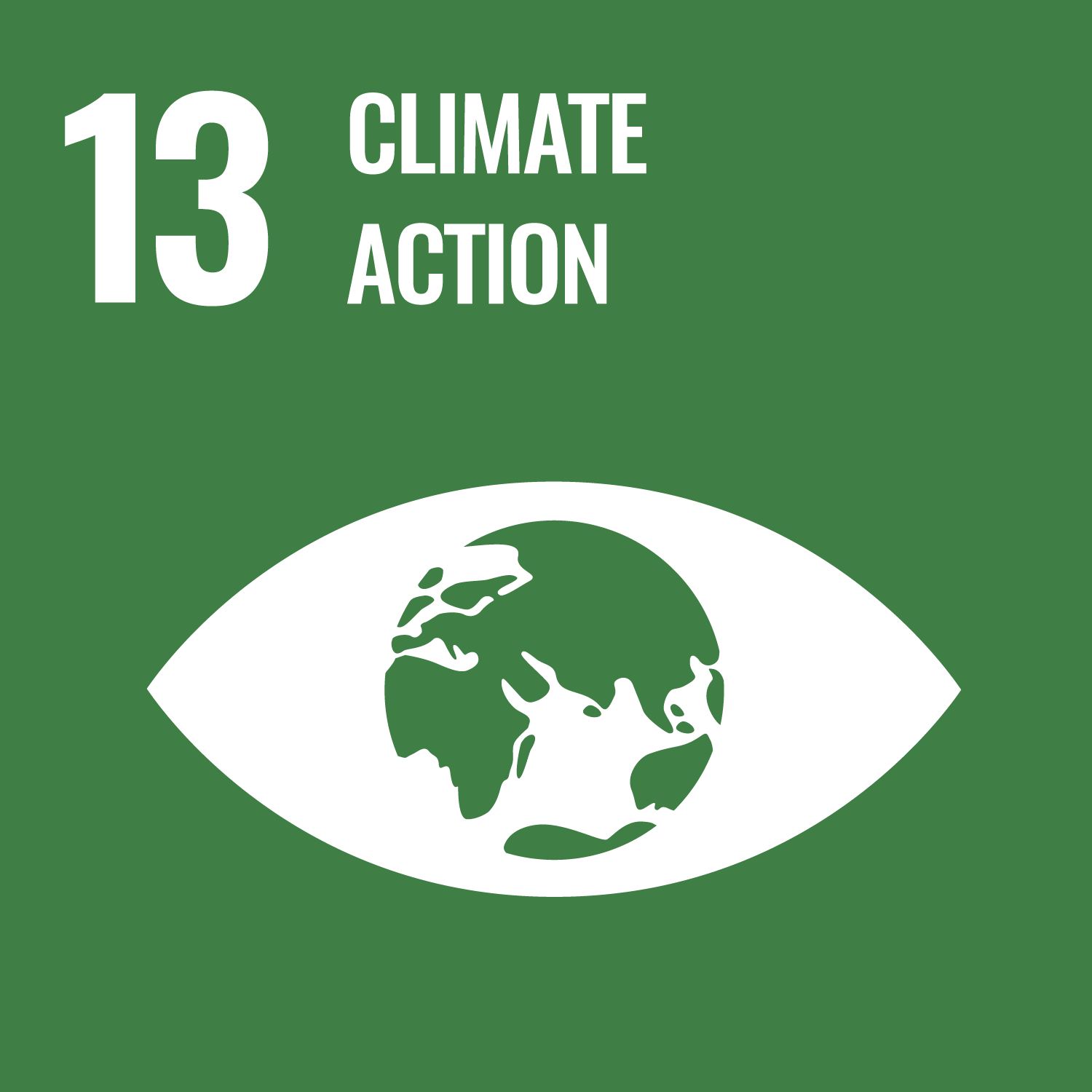
Supports climate-smart agriculture by providing and linking datasets for yield forecasting, risk monitoring, and compliance with standards like EU Deforestation-Free data collection.
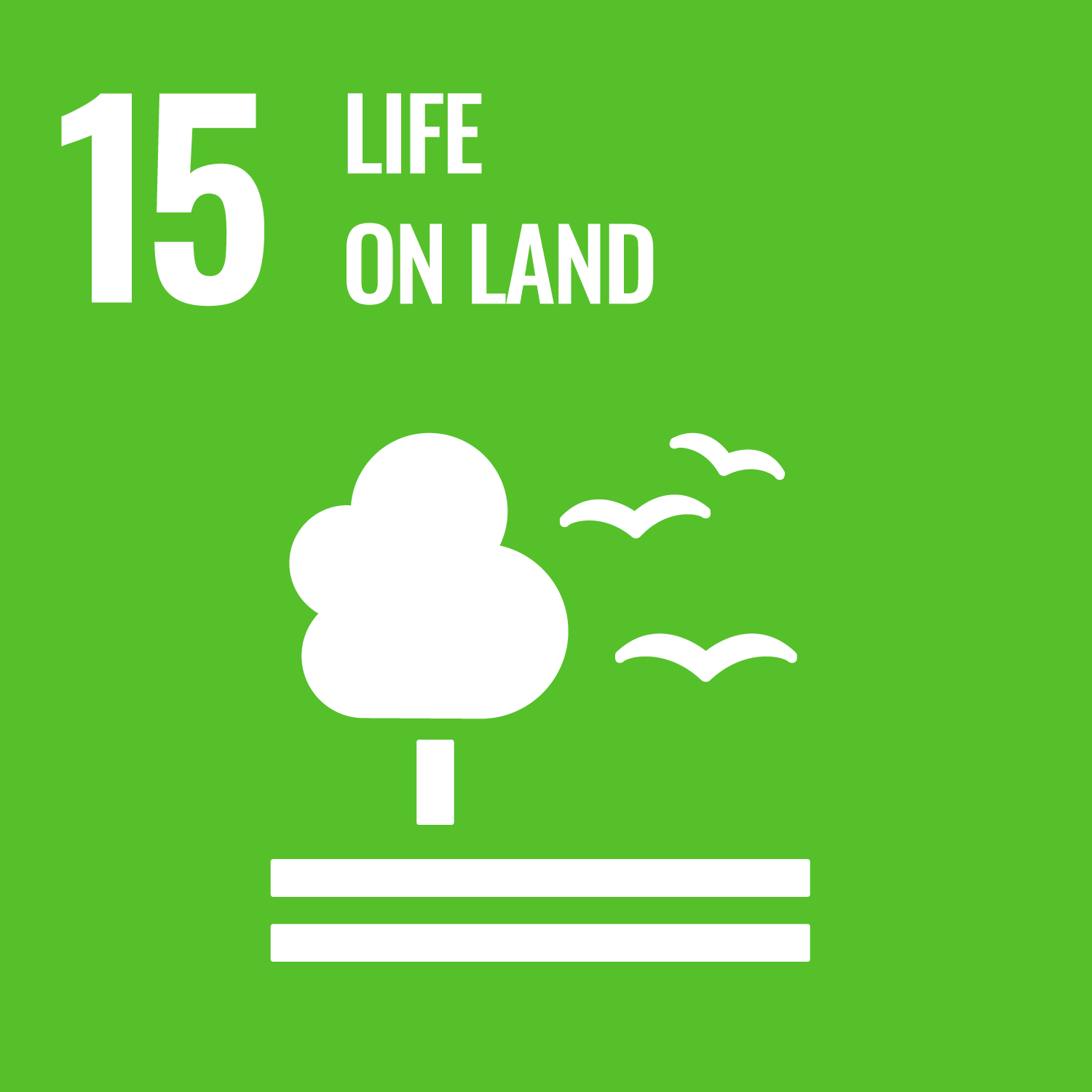
Promotes sustainable land and input management by integrating soil testing results and providing nutrient advice, helping to prevent overuse of fertilizers.

Facilitates collaboration and knowledge sharing by partnering with organizations such as UNEP, WFP, ITC, FAO, DIASCA, and CGIAR.
The steps to use the eProd system vary depending on the user's role—such as government officials, extension officers, agribusiness managers, or development partners. Each user type has specific responsibilities and needs, which eProd addresses through tailored functionalities. To ensure effective utilization, eProd Solutions offers customized training sessions that align with the unique workflows and objectives of each user group. By contacting eProd Solutions, users can receive personalized guidance and support to maximize the system's benefits for their specific context.
For a demo, please watch this video:
Last updated on 19 December 2025